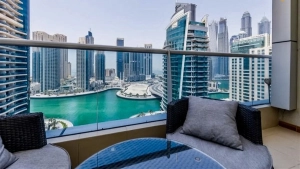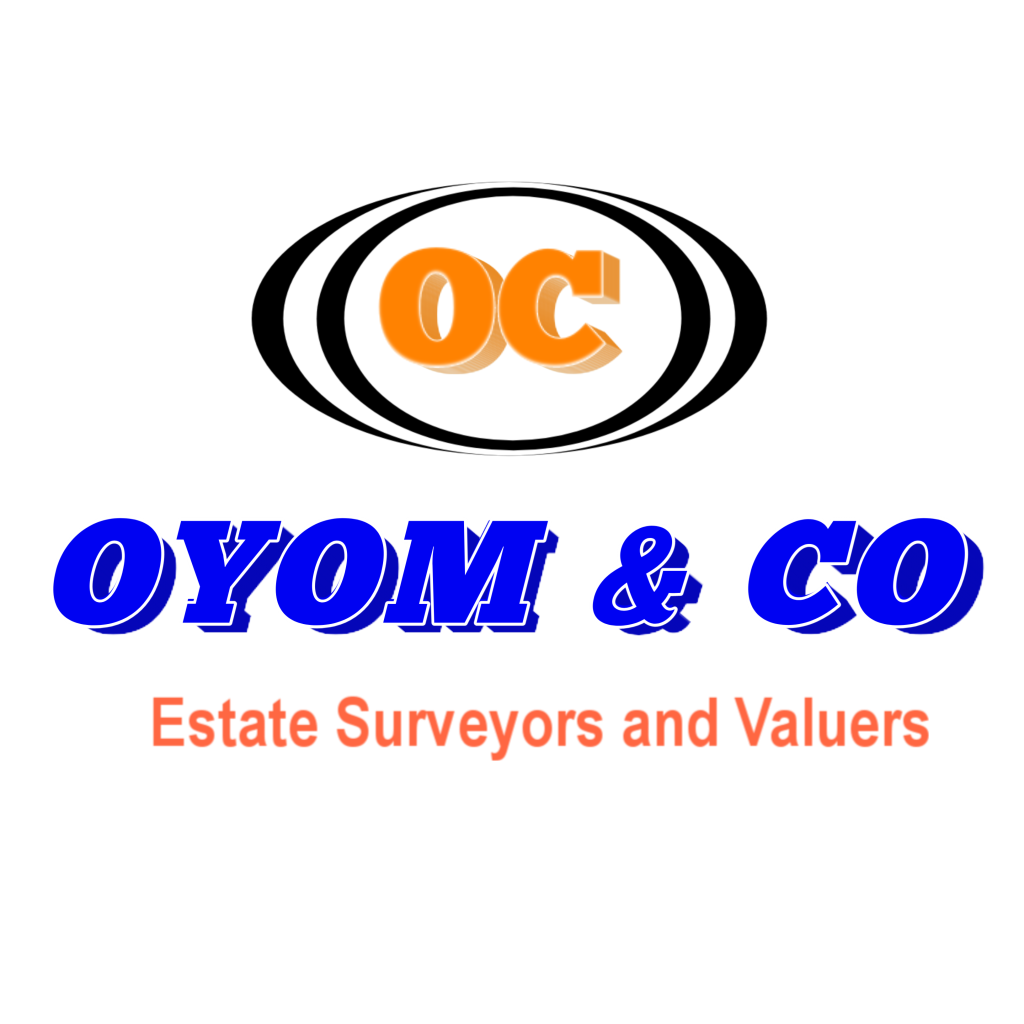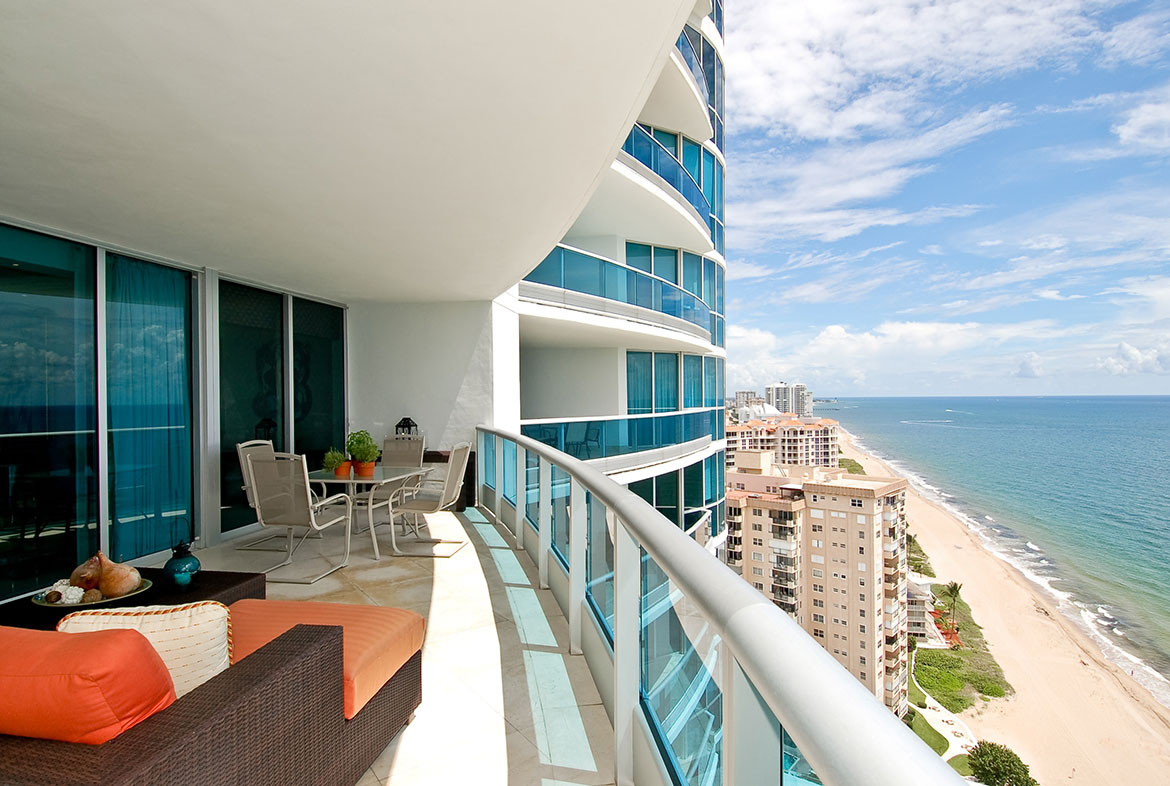We’ll focus the discussion on the two major types.
Compounds
-
Features: Facilities vary in size. Many include full-service sites, hydro-only sites, yurts on decks (round, portable tent-like accommodation with a collapsible framework), open camping areas. seasonal rental cottages, washhouses (with coin-operated washers and dryers). boat slips. playgrounds, in-ground pools, party-tents, convenience/retail store, etc.
-
Added Value Factors: Substantial beach frontage (if applicable), large total acreage (for campground expansion), tenant mix (full-season vs short-term travellers), owner residence. goodwill (well-established business in operation for many years). plentiful water sources (e.g., drilled wells), adequate sewage systems and proximity to customer needs such as shopping/camping supplies, hiking trails, nature preserves and golf courses.
-
Major Camping Trends: Glamping (glamour camping)-think in terms of upscale camping with conveniences rather than the basic tent, adventure and eco-tour activities (e.g., hiking, biking. kayaking, etc.), and technology (Wifi. cell phones, GPS trackers, etc.
Marinas

-
Features: Full service marinas include wet slips (covered/uncovered and access to hydro and potable water), boat rentals, boat repairs. pump-out facilities, winter storage buildings, travel lifts (hoists for boat launching, handling and moving), docking, refuelling (fuel and propane), and convenience/retail stores.
-
Added Value Factors: Many marinas seek to diversify and expand revenue sources by tapping into new boat sales/showrooms, campground/RV opportunities and hospitality; e.g., restaurants and hotel/motel rooms.
-
Major Marina Trends: Large marinas now seek to gain destination status as the centre point for new waterfront residential developments, waterside restaurants, etc.
Hospitality
There’s an unending variety of hospitality-related businesses ranging from hotels (including boutique hotels) and motels to lodges, resorts, B & Bs and restaurants. We’ll touch on a few key lodging and restaurant facts to familiarize you with the possibilities.

-
Demand: Lodging demand is measured in terms of room occupancies (occupancy levels) during a specified period of time. Revenue per available room (RevPAR) is a broad measure used for hotel performance. RevPAR is calculated by dividing total room revenue by the number of available rooms. Research is typically broken down by type and size of lodging facility. Restaurant financial/performance metrics primarily focus on such things as total foodservice sales, cost of goods, labour cost, average spend (what a customer spends) per seat and table turnover. Note: Take-out vs dine-in metrics have gained prominence given Covid-19.
-
Types: There is no standard classification system for lodging. Key sectors include hotels/motels. boutique hotels, resorts, lodges and B & Bs. Restaurants are even more diversified but can be generally grouped under fine dining, casual dining, cafes, sports clubs/bars, pubs, fast food, food trucks, and so forth.
-
Trends: Lodging trends include a shift to spa/fitness, detoxing, wellness programs and eco-friendly amenities/activities. Major restaurant trends include ghost kitchens (restaurants without a storefront). off-site dining (including local on-demand food delivery services by independent contractors). meal kits, blended meals (restaurant supplied ingredients plus homemade add-ons) and alcohol to go.




